In the season of white reeds blooming all over the rolling hillsides in Binh Lieu, we arrived here with many things to be excited about exploring the land at the northeastern tip of the Fatherland. This place is not only majestic and sacred but also contains the cultural nuances of ethnic minorities such as Tay, Dao, San Chi, Hoa... A Binh Lieu with a strong identity appears through the colors of each ethnic group's clothes, through the living habits or traditional occupations that the people have preserved to this day. After enjoying the vast white reeds, the whole group headed to Huc Dong commune (Binh Lieu district), where the San Chi people are still continuing the traditional craft of making vermicelli from cassava roots.

From afar, the silhouette of a green shirt and black skirt - the typical costume of San Chi women - appeared among the hills and mountains, faintly visible among the bamboo fences for drying vermicelli.

The air in the highlands is cold but sunny. The dry cold and sunshine are suitable for the natural drying process of vermicelli to produce quality finished products.

Coming here to learn more, I feel more secure about the source of ingredients and the processing method of the San Chi people. The only thing to make vermicelli is arrowroot starch.

Along with rice, arrowroot is grown by Binh Lieu people on the hills. Although the land is somewhat barren, this plant still grows very well, producing arrowroot tubers deep underground with a mild flavor, especially rich in starch and low in fiber, so when extracted, a large amount of starch is produced. Previously, arrowroot starch was produced manually through many stages, but today, machines have supported well so people no longer have to work hard.

In addition, food hygiene and safety are ensured during the process of grinding cassava tubers and filtering cassava flour. Long-standing production experience is now brought into play in the stages of mixing flour, coating flour and drying vermicelli. The technique of mixing and coating flour is of utmost importance to produce batches of rice paper that are thick and even without tearing. This is also the secret of each production household. The large pieces of rice paper are then put on bamboo mats to dry outdoors. The process of drying vermicelli depends mainly on nature, so people in this highland area cherish the sun and wind every hour, every day. With enough sun, enough wind, and enough flipping process, the rice paper pieces are placed in the slicer to produce long, evenly-sized vermicelli strands. Finally, the finished product is packaged into 1kg bags waiting to be exported to the market.

Thanks to the safe growing area in the traditional organic direction, with abundant output, the vermicelli of Huc Dong commune in particular and Binh Lieu district in general has spread far and wide. The income of the people has therefore improved a lot. Binh Lieu vermicelli has become more and more known to consumers with the outstanding characteristics of the vermicelli fibers being delicious, crispy, and not swollen when cooked. Binh Lieu vermicelli is also one of the main OCOP products of Quang Ninh province.
Heritage Magazine


![[Photo] Looking back at the impressive moments of the Vietnamese rescue team in Myanmar](https://vstatic.vietnam.vn/vietnam/resource/IMAGE/2025/4/11/5623ca902a934e19b604c718265249d0)




![[Photo] "Beauties" participate in the parade rehearsal at Bien Hoa airport](https://vstatic.vietnam.vn/vietnam/resource/IMAGE/2025/4/11/155502af3384431e918de0e2e585d13a)
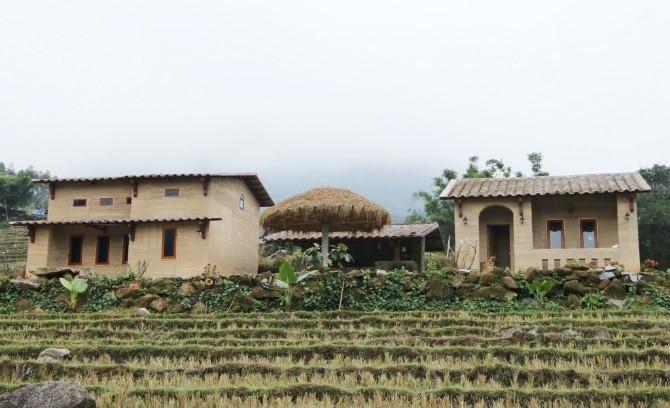


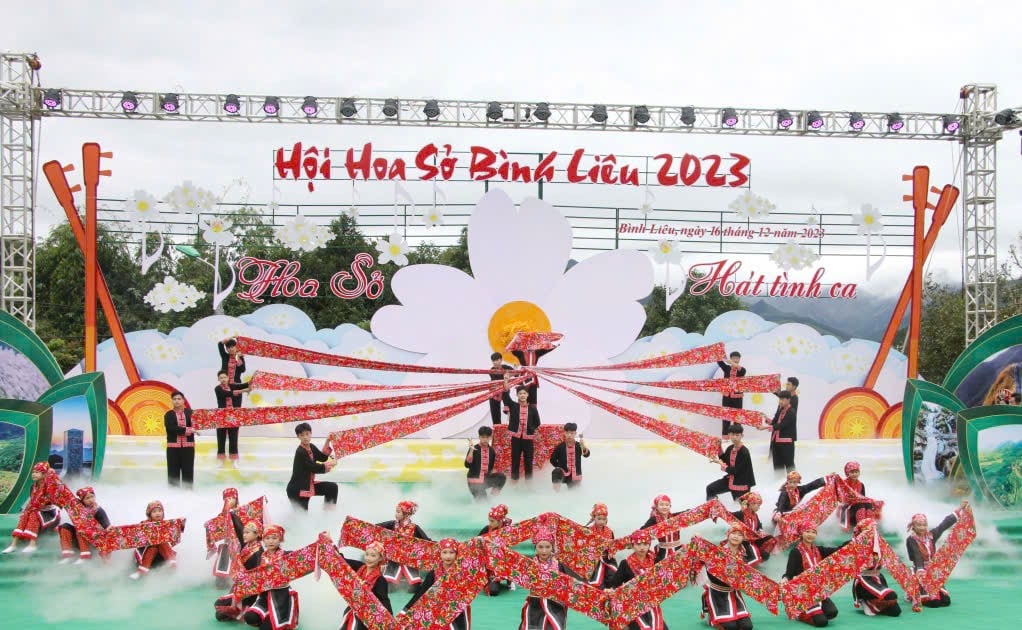



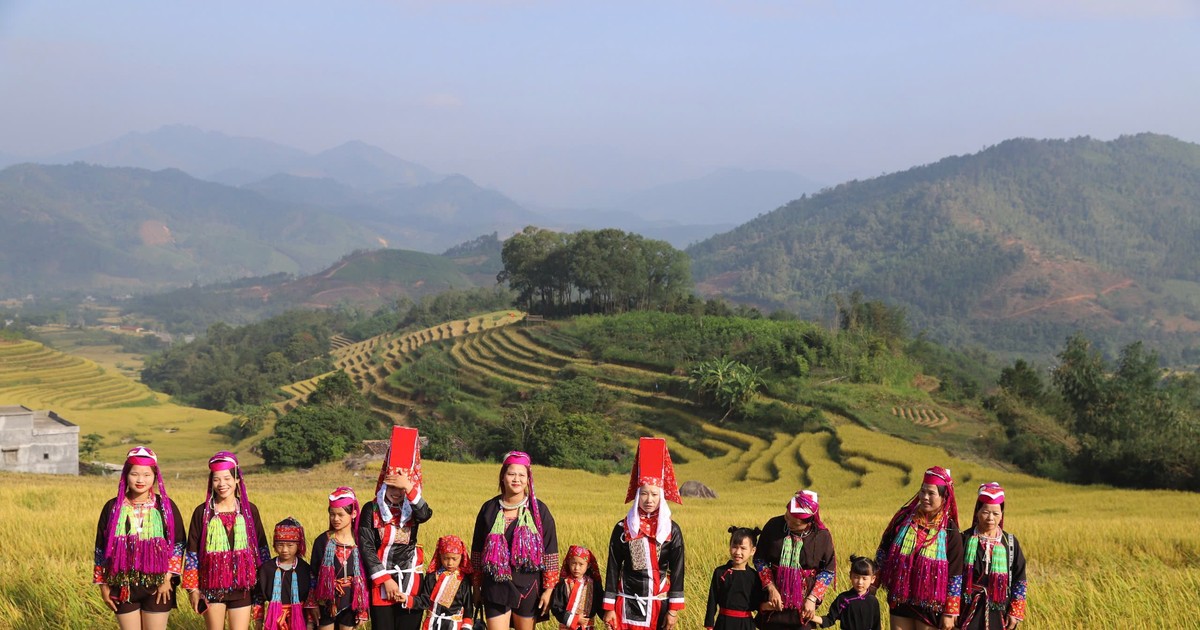

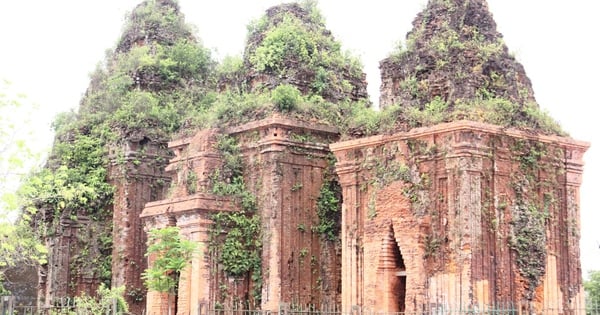

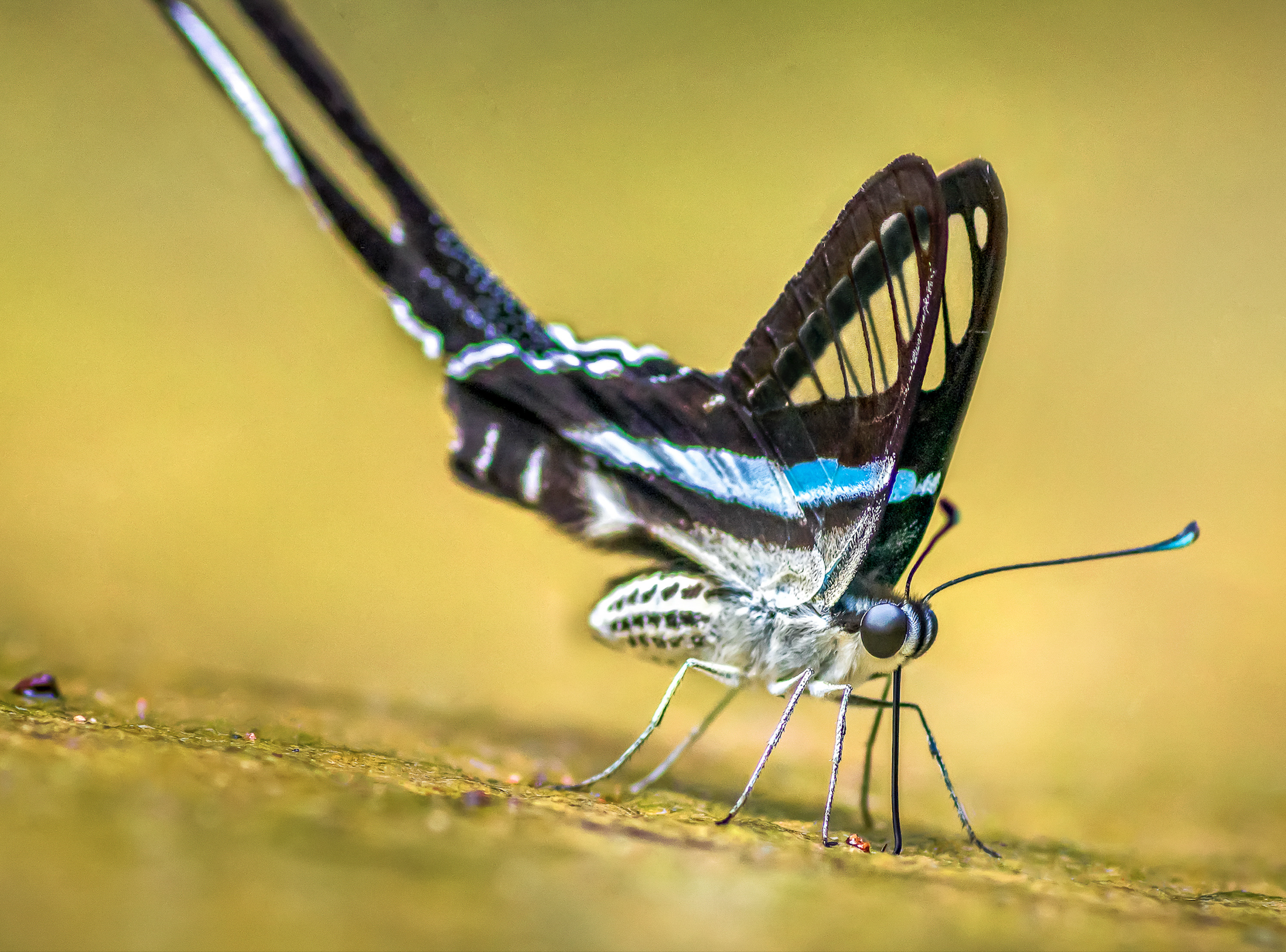





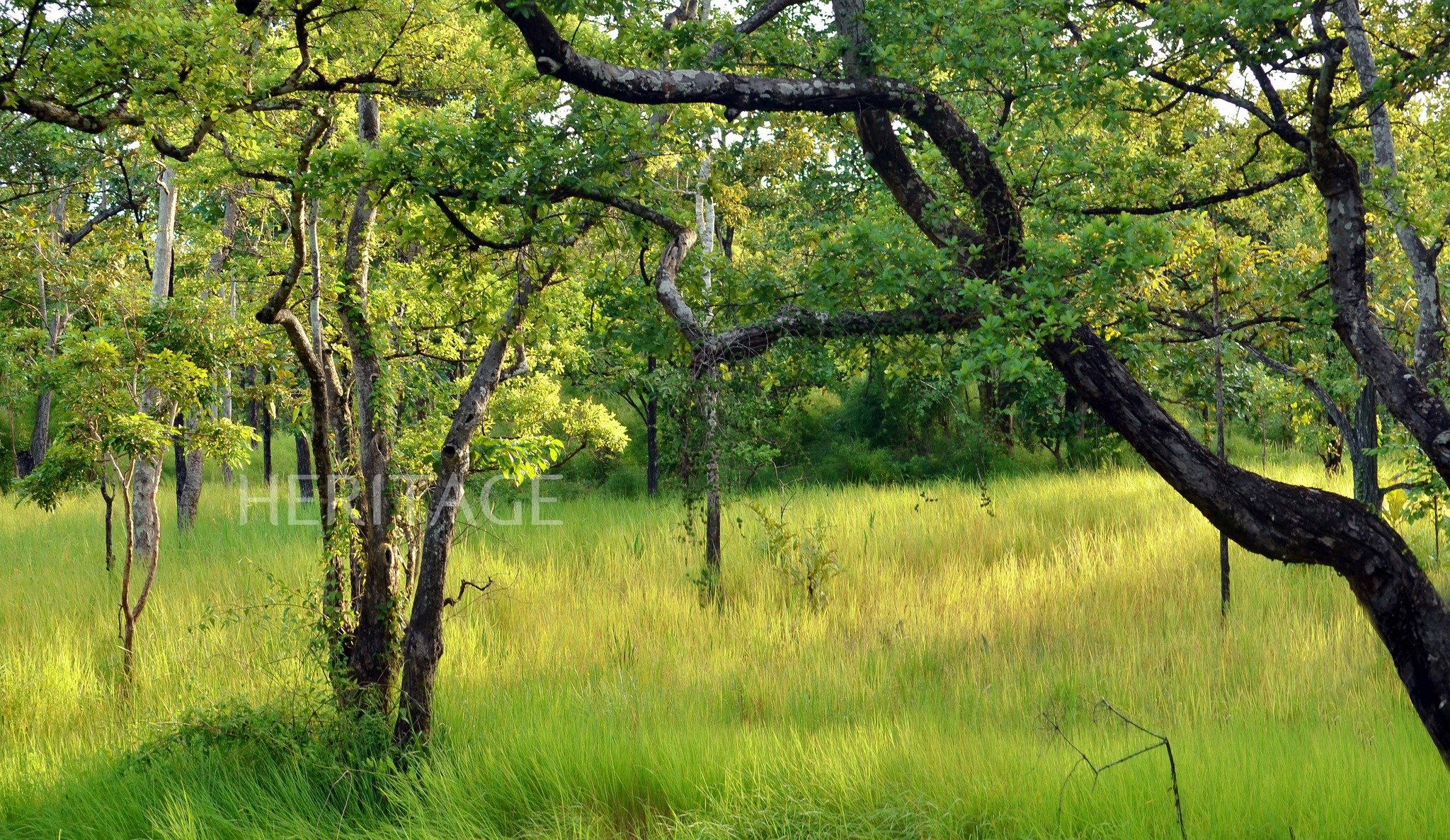






![[Photo] Summary of parade practice in preparation for the April 30th celebration](https://vstatic.vietnam.vn/vietnam/resource/IMAGE/2025/4/11/78cfee0f2cc045b387ff1a4362b5950f)









































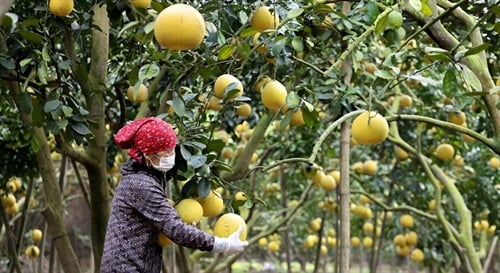

















Comment (0)